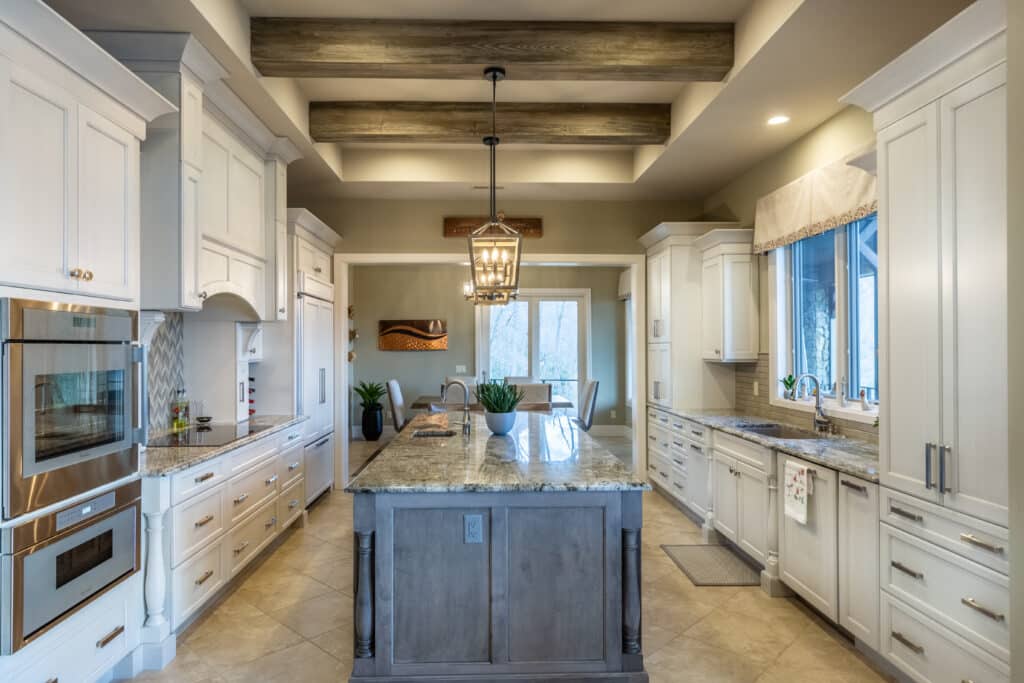
Moving into a new energy-efficient custom home is an exciting milestone in anyone’s life. It’s a place where you can create lasting memories, and it also provides an excellent opportunity to implement energy-saving strategies right from the start. Opting for eco-friendly home construction services is a good place to start, but you can also use these tips to reduce your carbon footprint and save money on energy bills over time. Here are seven energy-saving tips to consider once you’ve settled into your new custom home.
Invest in Energy-Efficient Appliances
One of the most significant contributors to your home’s energy consumption is the use of household appliances. Consider replacing older appliances with energy-efficient models. Look for appliances with the ENERGY STAR label, which signifies that they meet strict energy efficiency guidelines. Energy-efficient appliances consume less electricity and can significantly reduce your energy bills.
Properly Insulate Your Home
A well-insulated home helps maintain a comfortable temperature year-round, reducing the need for excessive heating or cooling. A sustainable custom home builder can help you ensure your new home is well-insulated. Check for any gaps or cracks in the insulation, especially around doors, windows, and attics. Proper insulation can save you a substantial amount on your heating and cooling costs and make your home more environmentally friendly.
Install a Programmable Thermostat
A programmable thermostat allows you to control your home’s temperature settings efficiently. You can set it to automatically adjust the temperature when you’re not at home or while you’re sleeping, optimizing energy use. Smart thermostats take this a step further, learning your preferences and adapting to your schedule to minimize energy waste.
Use LED Lighting
Replace traditional incandescent bulbs with energy-efficient LED lighting throughout your home. LED bulbs consume significantly less energy, last longer, and produce less heat. They may be slightly more expensive upfront, but the long-term savings and reduced environmental impact make them a wise investment.
Seal Air Leaks
Check for drafts and air leaks around windows, doors, and other openings in your custom home. Sealing these gaps with weatherstripping or caulking will prevent warm or cool air from escaping, ensuring your heating and cooling systems work more efficiently. Properly sealed homes are more comfortable and eco-friendly.
Opt for Renewable Energy Sources
Consider using renewable energy sources, such as solar panels or wind turbines, to power your home. While these installations may require an initial investment, they can lead to substantial long-term savings and a reduced carbon footprint. You may also be eligible for tax incentives or rebates to offset some of the installation costs.
Practice Energy-Efficient Habits
Finally, the way you use energy in your new custom home plays a significant role in your overall energy consumption. Simple changes in your daily habits can make a substantial difference. Some energy-saving practices include turning off lights and appliances when not in use, unplugging chargers and electronics when they’re not in use, and using natural light whenever possible to reduce the need for artificial lighting.
In addition to these seven tips, there are a few more considerations to keep in mind:
Regular Maintenance
Stay on top of home maintenance tasks, such as cleaning or replacing HVAC filters, to ensure your systems run efficiently. A well-maintained custom home is an energy-efficient home.
Landscaping
Strategically planting trees and shrubs around your property can provide natural shade in the summer and act as windbreaks in the winter, reducing the workload on your heating and cooling systems.
Energy Audit
Consider hiring a professional to conduct an energy audit of your new custom home. This assessment can identify specific areas where you can improve energy efficiency and help you prioritize upgrades.
Energy-Efficient Windows
If your custom home doesn’t already have energy-efficient windows, consider upgrading to double-glazed or Low-E windows. These windows provide better insulation and reduce heat transfer, helping to maintain a consistent temperature indoors.
Monitor Your Energy Usage
Install a home energy monitoring system to keep track of your energy consumption in real-time. This can help you identify patterns and make adjustments to reduce waste.
By implementing these energy-saving tips and staying conscious of your daily energy use, you can create a custom home that’s not only comfortable and stylish but also environmentally friendly and cost-effective in the long run. If you’re looking for a reliable energy-efficient custom home builder in North Carolina, contact Herrington Homes today. Remember that small changes can lead to significant savings and contribute to a greener, more sustainable future for you and your family.



